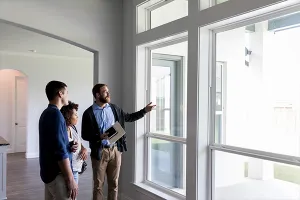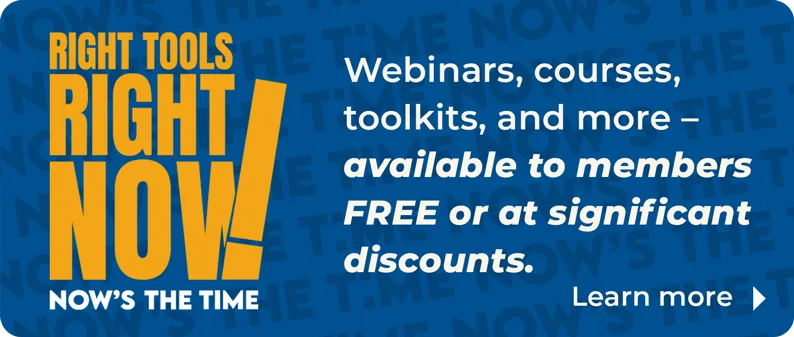Nimble retailers have instituted COVID-19-related practices that are likely to carry through in some form during the pandemic recovery. “Retailers that were able to continue to serve their customers through options like delivery, curbside pickup, and connection via social media are likely to benefit the most as economies open up,” says Scott Crossman, CCIM, founder and CEO of Crossman & Company in Orlando, Fla.
Retailers and landlords changed in other ways that will serve them well.
- Partnering with local vendors—Businesses learned the art of partnership. Ott points to one franchise owner who started working with local vendors to determine ways to save money by adjusting payment schedules and working with other franchisees to order items in bulk. “Because of the changes he made, he thinks now he can operate with fewer employees than he did before—and he thinks he’ll be more efficient and successful because of what he learned,” she says.
- Using creative solutions—Both groups learned to be flexible, developing creative solutions to keep the doors open. Restaurants shifted to selling premade meal kits; specialty retailers started subscription services featuring local products; and shopping center landlords rented out their empty parking lots for drive-in movies or graduation parades. Jennifer Ott, CCIM, executive vice president of ROI Commercial Real Estate in Las Vegas, says that in one of her leasing projects, a doughnut shop got permission from the landlord to stay open late to make pizzas after the doughnut trade tapered off.
- Staying in touch with tenants—“Retail landlords who stayed in communication with their tenants through capable property managers and knowledgeable leasing agents have fared much better at mitigating the effects of the pandemic,” Crossman says.









